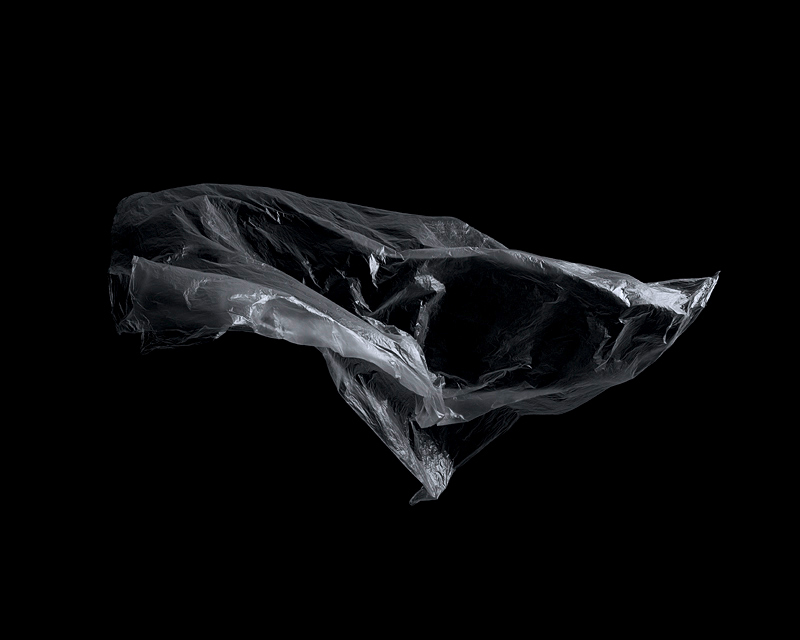Landscapes are temporary structures, subject to enduring erosion by nature itself though also more and more by mankind, ultimately leading to a change within the topographical structure. Despite this, the process of erosion in regards to the immediate perception of sight is extremely slow, not even directly visible within a moment, though the structures are changing permanently. And in many cases the speed of distinguishable change enhances as time passes, leading to an immediate recognition of the structural modifications and impacts resulting from erosion. An effect often enhanced or even forced by mankind, leading not only to changes within landscape structures but that will also ultimately influence the development of mankind. A phenomena which highlights the difficulty in grasping the relation between the endless seeming force of nature and its tremendous fragile balance of flourishing and corroding. The series Folium operates within the beauty of the topographical structures of landscapes yet also demonstrates the described fragility through the thin, easily to tear apart plastic foil floating temporarily in a structural beauty before collapsing into a clew. The beauty of the applied simplicity within the references and the floating yet frozen condition of the landscape model unfolds an individual, personal drift in perception, recognition and contemplation for the observer. For a personal notation or idea of nature, landscapes are being triggered.
Reference II
[Folium]
- Cat:
- 09.04.002
- Title:
- Reference II
- Location:
- --
- Date:
- 2009
- Plate:
- 2 of 7
- Edition:
- 3 + 1 AP
- Dimensions:
- 183.5x148cm (framed)
- Material:
- c-print, diasec
- Published:
- Contemplatio III, 2011
Notes: Folium, noun,
1. leaf




